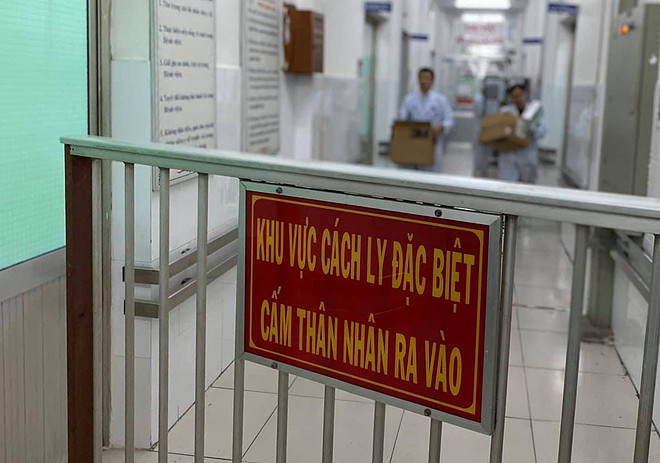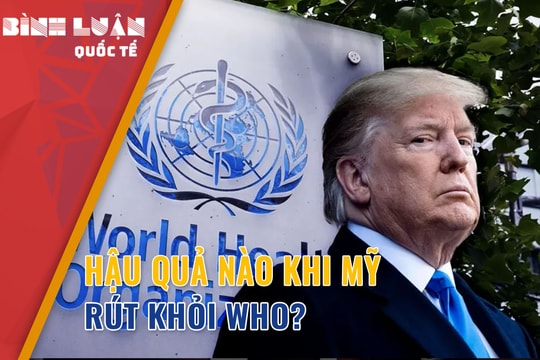World Health Organization guides care for suspected cases of strange pneumonia
According to the latest WHO guidelines, care for patients suspected of being infected with the coronavirus should focus on early detection, rapid isolation, and implementation of appropriate prevention and control measures.
 |
| Patient isolation area at Cho Ray Hospital. Photo: D.H |
According to the latest WHO guidelines, care for patients suspected of being infected with the virus should focus on early detection, prompt isolation, implementation of appropriate prevention and control (IPC) measures, and provision of intensive care.
For hospitalized patients, the guidelines state that patients with severe acute respiratory infection (SARI) should be identified and triaged first.
After appropriate IPC and treatment measures have been implemented, specimens should be collected for diagnosis, management of acute respiratory syndrome, and prevention of complications.
For patients with mild symptoms and cared for at home, WHO recommends limiting the number of caregivers, reducing shared living spaces, wearing medical masks, and performing hand hygiene after contact.
As much remains unknown about the virus, WHO is launching the 2019-nCoV Health Data Platform to allow members to contribute data to inform response measures. Each week, WHO holds virtual meetings with global health experts to stay up-to-date on developments and treatment.
The 2019-nCoV virus has caused global concern because it is similar to the virus that caused Severe Acute Respiratory Syndrome (SARS) in 2002-2003, which killed hundreds of people in mainland China and Hong Kong, and also originated from the wildlife trade.
The new virus is believed to have jumped from animals to humans at a market in Wuhan, and then spread from person to person. However, the exact route of transmission is still unknown.
On the same day, the US announced that it was developing a vaccine against the new coronavirus, while urging China to increase cooperation with international health officials.
The US National Institutes of Health (NIH) said it is working with partners to develop a vaccine. It will take three months to start trials, and another three months to collect data before moving to phase two.
Biotech company Moderna is currently responsible for the rollout.
Meanwhile, Johnson & Johnson's chief scientific officer, Paul Stofells, confirmed that the company is also developing a vaccine for the new coronavirus. This is the same technology the company used to develop a vaccine for the Ebola virus, which is being used in the Democratic Republic of Congo and Rwanda.
Speaking to the press, US Health Secretary Alex Azar affirmed that the US has supported China three times to resolve the crisis but all were unsuccessful. Therefore, the US wants to have access to data and evidence to plan research and analysis to find answers to important questions such as the incubation period and whether the virus can be transmitted when the patient has not yet shown symptoms.
He called on China to cooperate more, stressing that transparency is the most important step to effectively respond to the epidemic.
Previously, although China had quickly succeeded in analyzing the gene sequence, it refused to share the virus with laboratories around the world.
However, according to WHO, China has now allowed the organization to send international experts to the country "as soon as possible" to learn more about the new coronavirus strain and guide the world in responding to the epidemic./.




